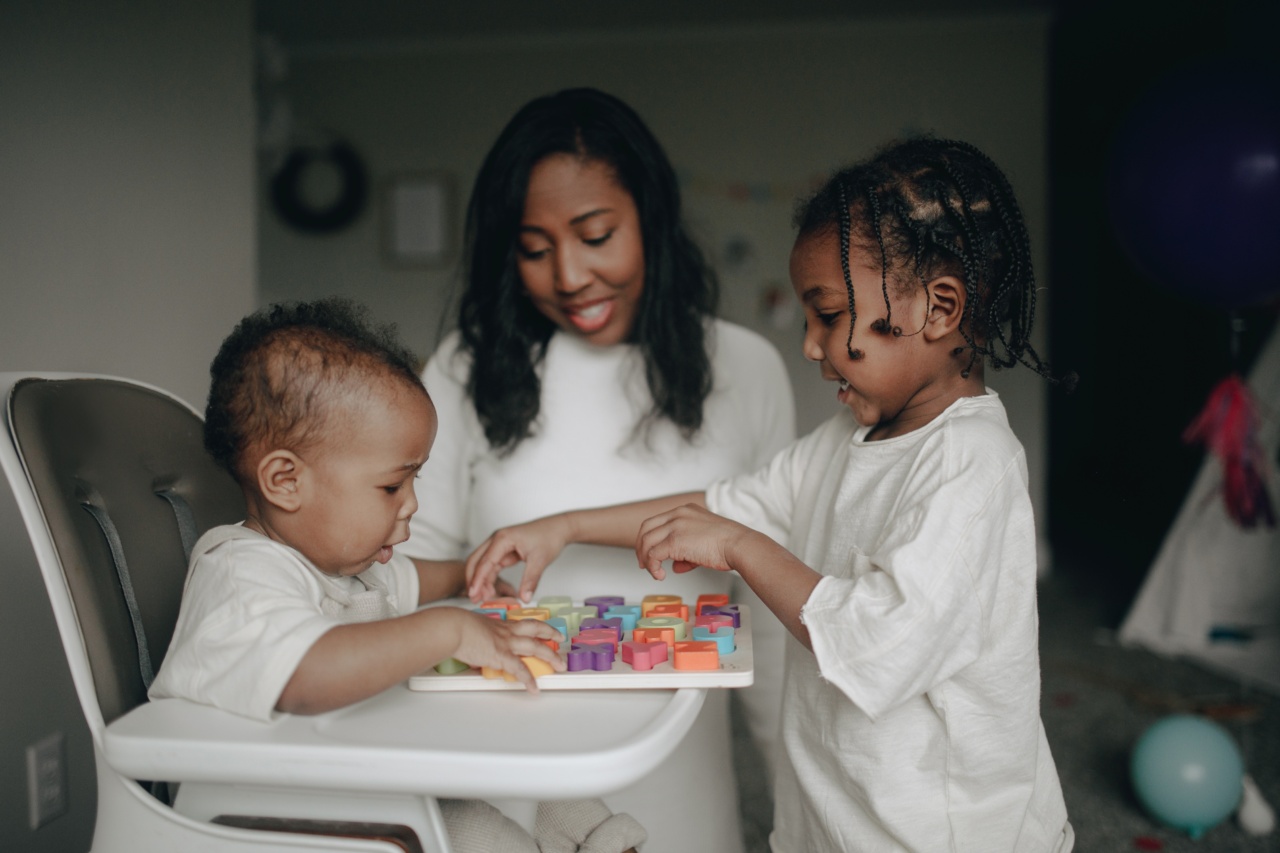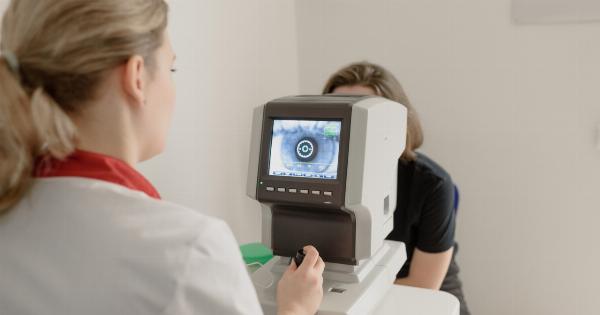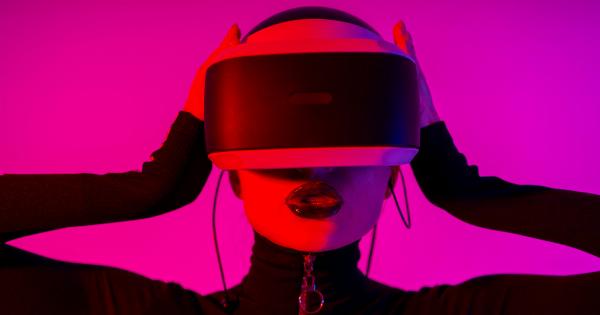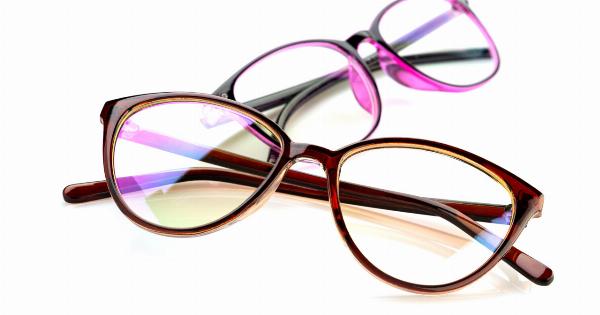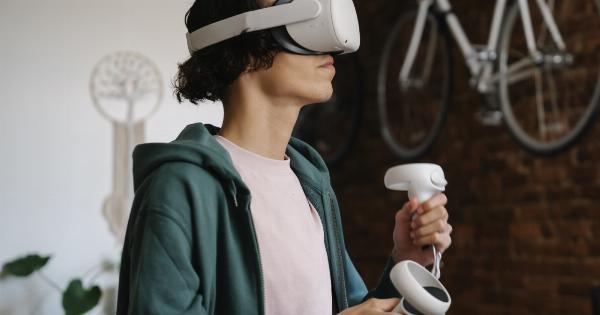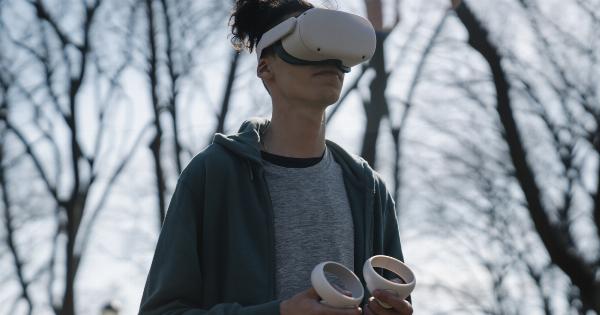It is a common misconception that babies and young children can only see in black and white. However, this is not entirely true. While newborns and infants have limited visual capabilities, they can see colors to some extent.
Let’s explore the evolution of a child’s eyesight and how they perceive the world around them.
The Evolution of a Child’s Vision
A baby’s visual system is not fully developed at birth. In fact, a newborn’s eyesight is only about 5% of what it will be as an adult. Their vision is blurry, and they can only focus on objects up to 8-10 inches away.
Also, their eyes cannot work together as a team yet, and they lack depth perception.
As a child grows and develops, so does their visual system. Around 2 to 3 months of age, an infant’s color vision begins to develop, and by 4 months, their eyes can perceive all the colors of the visible spectrum.
At 6 months, a child’s visual acuity has improved significantly, allowing them to see objects further away and more clearly. By the age of 1, their eyes have developed enough to perceive depth and judge distances accurately.
By the age of 5, a child’s visual system has developed almost fully, providing them with the ability to distinguish fine details, recognize faces, and read fluently.
How Children Perceive Colors
Children see colors in much the same way adults do. Their eyes contain specialized cells called cone cells, which detect colors and send signals to the brain.
These cells come in three types, each responding more strongly to certain parts of the color spectrum. One type responds best to red light, another to blue light, and the third to green light.
Adults have between 6 and 7 million cone cells, while children have only about 2 million. The reason for this is that the cone cells continue to develop and multiply throughout childhood.
Therefore, their eyes have the ability to perceive all the colors but with less sensitivity and clarity compared to adults.
Interestingly, studies have shown that children may perceive colors differently from adults. For instance, children tend to mix up the colors red and green because of their lower sensitivity to these colors.
This is a common color blindness phenomenon that affects about 8% of boys and less than 1% of girls.
How to Test a Child’s Color Vision
It is essential to detect color vision problems in children early on because they may hinder academic performance and affect their quality of life.
Also, certain eye diseases or injuries can cause color blindness in children, which should prompt medical attention.
One simple way to test a child’s color vision is by using the Ishihara color plates. These plates consist of several circles with dots of different colors and sizes. Each plate has a hidden number visible only to people with typical color vision.
Children with color vision deficiencies may not see the hidden numbers or read them incorrectly.
Another common way to test color vision is by using the Farnsworth-Munsell 100 Hue Test. This test requires children to arrange 100 colored tiles in the correct order of hues.
Children with normal color vision will arrange the tiles in the right sequence, while those with color blindness will make errors.
Conclusion
So, can a child see in black and white? The answer is no. Children have the ability to see all the colors of the visible spectrum, but their color vision is less sensitive and accurate than adults.
As a child’s visual system develops and matures, their eyesight improves, providing them with more clarity, depth perception, and visual acuity.
